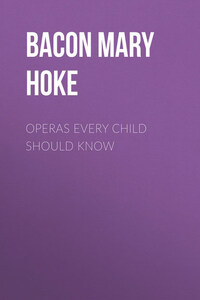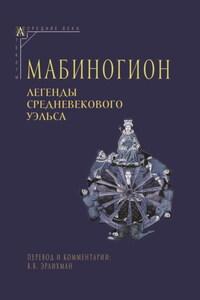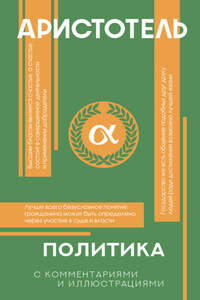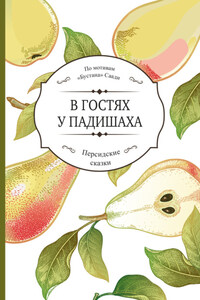In selecting a few of the operas every child should know, the editor's greatest difficulty is in determining what to leave out. The wish to include "L'Africaine," "Othello," "Lucia," "Don Pasquale," "Mignon," "Nozze di Figaro," "Don Giovanni," "Rienzi," "Tannhäuser," "Romeo and Juliet," "Parsifal," "Freischütz," and a hundred others makes one impatient of limitations.
The operas described here are not all great compositions: Some of them are hopelessly poor. Those of Balfe and Flotow are included because they were expressions of popular taste when our grandfathers enjoyed going to the opera.
The Nibelung Ring is used in preference to several other compositions of Wagner because the four operas included in it are the fullest both of musical and story wonders, and are at the same time the least understood.
"Aïda" and "Carmen" belong here – as do many which are left out – because of their beauty and musical splendour. Few, instead of many, operas have been written about in this book, because it seemed better to give a complete idea of several than a superficial sketch of many.
The beginnings of opera – music-drama – are unknown; but Sulpitius, an Italian, declared that opera was heard in Italy as early as 1490. The Greeks, of course, accompanied their tragedies with music long before that time, but that would not imply "opera" as we understand it. However, modern opera is doubtless merely the development of that manner of presenting drama.
After the opera, came the ballet, and that belonged distinctively to France. Before 1681 there were no women dancers in the ballet – only males. All ballets of shepherdesses and nymphs and dryads were represented by men and boys; but at last, the ladies of the court of France took to the ballet for their own amusement, and thus women dancers became the fashion.
Even the most heroic or touching stories must lose much of their dignity when made into opera, since in that case the "music's the thing," and not the "play." For this reason it has seemed necessary to tell the stories of such operas as "Il Trovatore," with all their bombastic trimmings complete, in order to be faithful in showing them as they really are. On the other hand, it has been necessary to try to treat "Pinafore" in Gilbert's rollicking fashion.
Opera is the most superficial thing in the world, even if it appears the most beautiful to the senses, if not to the intelligence. We go to opera not specially to understand the story, but to hear music and to see beautiful scenic effects. It is necessary, however, to know enough of the story to appreciate the cause of the movement upon the stage, and without some acquaintance of it beforehand one gets but a very imperfect knowledge of an opera story from hearing it once.
A very great deal is said of music-motif and music-illustration, and it has been demonstrated again and again that this is largely the effort of the ultra-artistic to discover what is not there. At best, music is a "concord of sweet sounds" – heroic, tender, exciting, etc.; but the elemental passions and emotions are almost all it can define, or even suggest. Certain music is called "characteristic" – anvil choruses, for example, where hammers or triangles or tin whistles are used, but that is not music in its best estate, and musical purpose is best understood after a composer has labelled it, whether the ultra-artistic are ready to admit it or not.
The opera is never more enjoyed than by a music lover who is incapable of criticism from lack of musical knowledge: music being first and last an emotional art; and as our emotions are refined it requires compositions of a more and more elevated character to appeal to them. Thus, we range from the bathos and vulgarity of the music hall to the glories of grand opera!
The history of opera should be known and composers classified, just as it is desirable to know and to classify authors, painters, sculptors, and actors.
Music is first of all something to be felt, and it is one of the arts which does not always explain itself.








